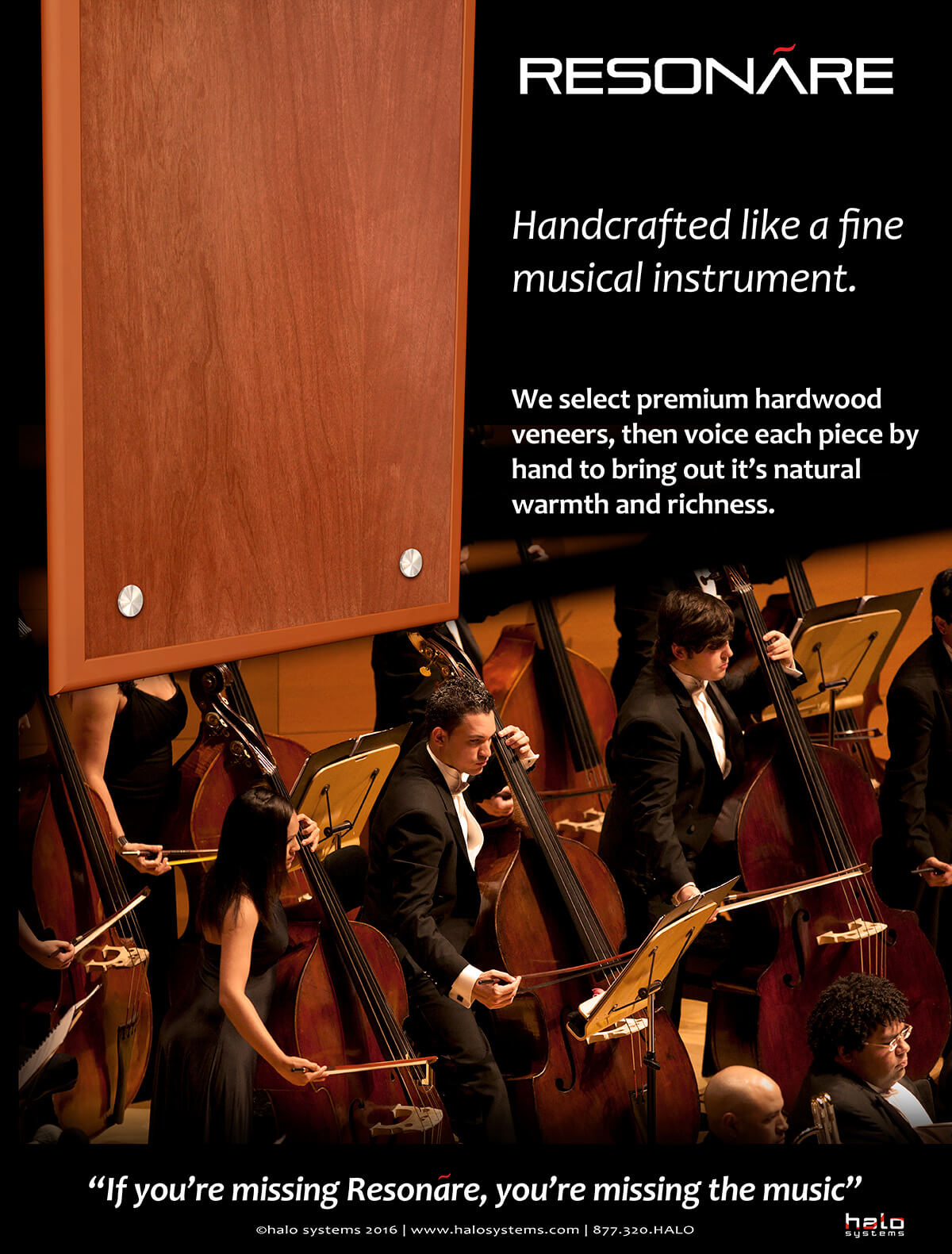Room Surfaces
Have you ever been in a concrete room (parking garage)? How about a room full of ceramic tile or a room where you’re surrounded by glass? These hard surfaces have a very identifiable sound or sonic signature. They are often referred to as having a very reflective, hard & “skippy” sound.
For purposes of this discussion let’s use our voice as a sound source. Let’s assume your driving in your car having a nice conversation with a friend, you enter a parking garage and after parking you exit the car. Continuing your conversation, you immediately notice the cavernous echo and extended reverberation time. You also notice that it is very difficult to distinguish what your friend is saying as the acoustic surroundings have clouded or “muddied” up the sound. What you are hearing is your new surroundings (concrete). Your voice is taking on the characteristics of the concrete surroundings, just as your voice was taking on the characteristics of your cars’ interior. In your car there is a blend of hard surfaces i.e. glass, plastic, hard rubber and soft surfaces such as carpet, leather etc.
As it relates to the performance space, every surface contributes as an acoustic product of sorts. Sheetrock has a very specific sonic signature as do heavy theater curtains or an oak stage floor. Let’s now think of our sound source being a cello… It doesn’t matter to the surroundings, remember the source WILL take on the characteristics of it’s surroundings. If our room is lined with painted sheetrock walls which are constructed with metal studs and are insulated with loose batt fiberglass, from an audience members perspective our cello will have a sonic signature which is unique to that room and it’s makeup based on these walls and other surroundings. This includes the impact of walls, floor coverings, ceiling (acoustic clouds or not) seating type and even you the listener.
Nearly 2 decades have been spent researching and pursuing the perfect choice of materials and construction methods to provide optimized acoustic surroundings for theaters, halls and performance spaces. We are continually striving to improve on our discoveries but we are pleased with the progress we have made to this point.
In our combined 45 years of intensive effort to understand how sound waves move and interact with its space, we have re-discovered what Antonio Stradivari did in the 17th century – Natural lightweight materials, used in a careful, well planned manner produce or support a warm, clear musical sound. Combine this knowledge with a clearer understanding of how sound waves move within the confines of a given space. We have developed a method of controlling the response and reverberation of the space giving the listener a truly emotional experience – in effect, a higher “resolution” sonic image.
We have ventured far beyond the acoustic how-to manuals in order to discover what it takes to give you the best acoustic/musical experience of your life.
